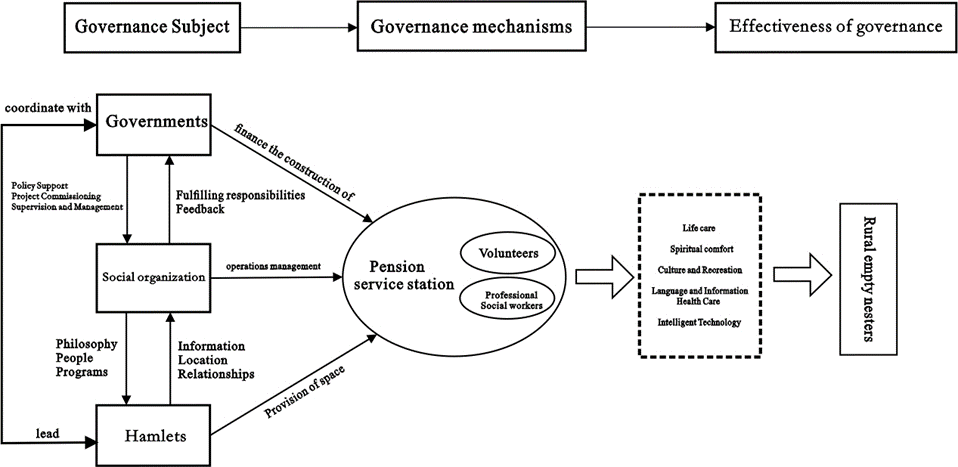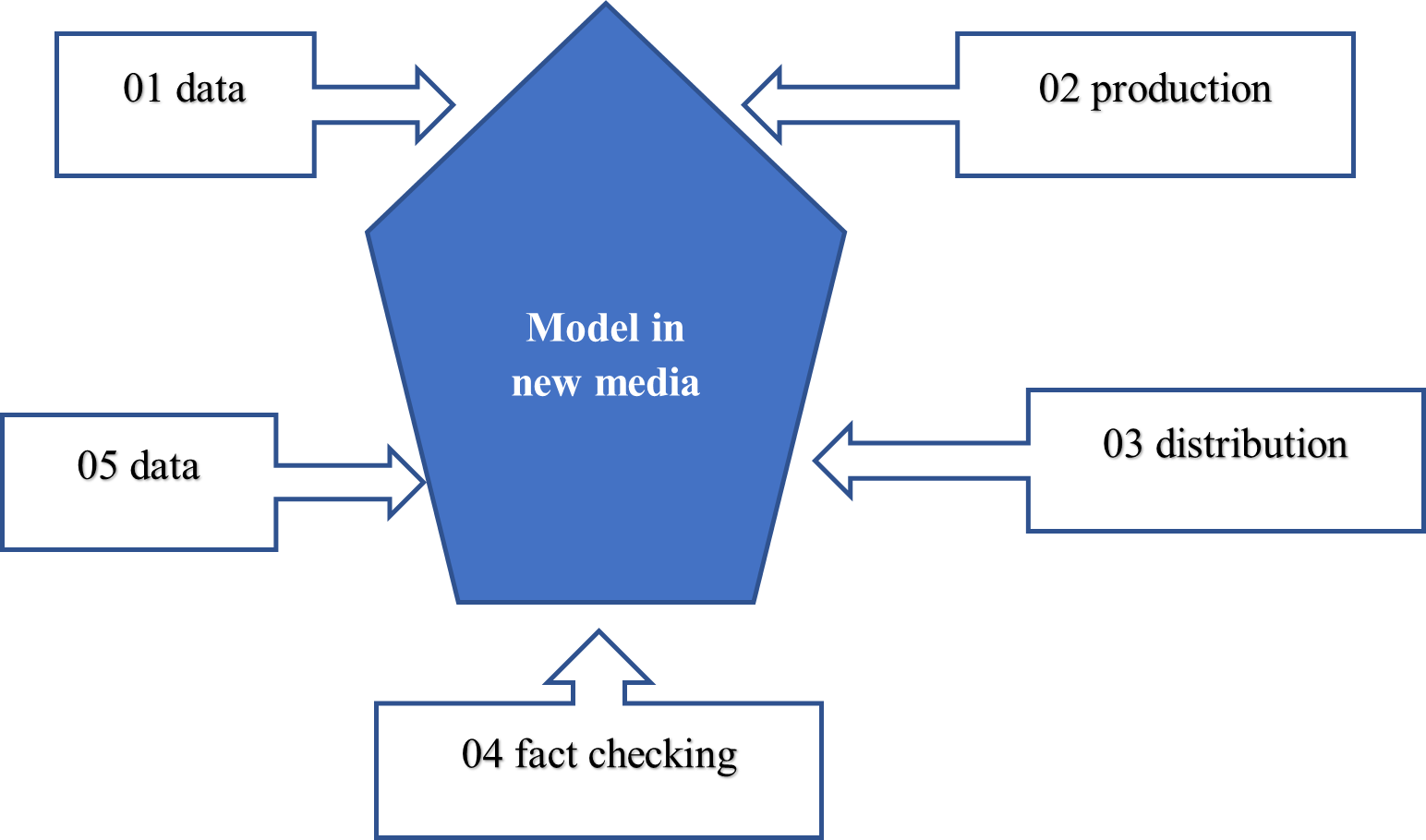

Volume 8
Published on June 2024With the rapid development of new media technologies, especially the rise of short video platforms, brand communication strategies have undergone significant transformations. This study focuses on how short videos and the influencer ecosystem redefine the interaction between brands and consumers in the new media environment, and fundamentally affect the methods of brand communication. Through an in-depth analysis of short video platforms and the influencer ecosystem, this paper proposes various innovative brand communication strategies adapted to the new media environment. It is found that utilizing the influencer ecosystem can not only enhance the brand's market sensitivity and consumer engagement but also greatly improve the efficiency and effectiveness of brand communication through data-driven content optimization. The results of this study provide theoretical and practical guidance for brands to formulate more effective market strategies in the age of new media.

 View pdf
View pdf


This essay extensively explores the multifaceted challenges and complexities associated with preserving digital cultural heritage, using the BBC Domesday Project as a case study. It underscores the critical importance of meticulous planning, future-proofing, and proactive strategies in digital archival endeavors. Emphasizing the significance of adopting open standards and establishing clear data ownership provisions, the essay aims to mitigate risks of obsolescence and safeguard digital cultural heritage for future generations. Furthermore, it addresses the concept of obsolescence in digital preservation and proposes strategic recommendations to prevent potential catastrophic issues, ensuring sustained access and relevance over time. In addition, the document delves into the criteria for selecting materials for digitization, highlighting the importance of metadata infrastructure in digital archiving. It discusses the challenges associated with constructing digital cultural repositories and emphasizes the necessity of balancing various priorities, including cultural significance, rarity, fragility, research potential, accessibility, user-friendliness, and institutional objectives during the selection process. Moreover, the essay underscores the pivotal role of metadata in ensuring the longevity and accessibility of digital resources and archives. Overall, this essay serves as a comprehensive guide for cultural heritage institutions, offering valuable insights and recommendations for the preservation and interpretation of digital heritage objects.

 View pdf
View pdf



There are multiple dimensions of deficiencies in elderly care services for rural empty-nest elderly in China, necessitating the intervention of social organizations. Social organizations possess various advantages in participating in rural elderly care services, reflecting their importance and necessity in the governance of “service poverty” from the perspectives of governance concepts, governance subjects, and governance mechanisms. Combining the theory of collaborative governance and based on service cases of a social work agency in County S, Jiangxi Province, this study explores the collaborative mechanisms and governance effectiveness of the government, social organizations, villages, and social forces in the governance of “service poverty” for empty-nest elderly. It summarizes shortcomings, proposes countermeasures, and improves the multi-subject collaborative governance model for rural empty-nest elderly care services, which consists of government leadership, social organizations as operating entities, villages, volunteers, and other forces, aiming to promote the experience of the case to other underdeveloped areas.

 View pdf
View pdf


Economic history, as a core course for undergraduates in economics, contains rich educational content. Based on this, this paper proposes the use of a problem-based learning (PBL) approach in the teaching of economic history. The method involves teachers proposing topics and questions, with students completing the tasks, thereby deepening their understanding of economic history. The results of teaching practice have shown significant effectiveness and provide a reference path for the implementation of economic history teaching, broadening the approach to curriculum implementation.

 View pdf
View pdf


General Secretary Xi Jinping emphasized the crucial role of the “second integration” from the perspective of constructing a modern civilization for the Chinese nation during the cultural heritage development symposium, providing a solid theoretical basis and rich ideological content for ideological and political courses in universities. From a theoretical logic perspective, integrating the “second integration” into university ideological and political education has a deep logical foundation: firstly, it stems from the inclusiveness of Chinese fine traditional culture; secondly, it originates from the ideological and educational nature of university ideological and political courses. In terms of value implications, integrating the “second integration” into university ideological and political courses is essential for promoting high-quality development of these courses and cultivating new talents of the era. From the practical path, realizing the “second integration” in university ideological and political courses must adhere to the guiding position of Marxism, consolidate the main channel of classroom teaching, strengthen the construction of the ideological and political education teaching staff, and pay attention to the educational environment of ideological and political courses.

 View pdf
View pdf



Media literacy education originated in the 1930s in developed Western countries, emerging from the educational philosophies of British scholars and Danish workers. Since the latter half of the 20th century, media literacy education has gradually gained popularity in Europe, North America, Oceania, Latin America, and parts of Asia, becoming a new subject in teaching. In China, the introduction of media literacy education began relatively late. However, in the digital age, children are exposed to media at an increasingly younger age, and how they interpret, critique, and resist societal and cultural manipulation in new media environments, maintain cultural independence, and flexibly respond to various information impacts has become a topic of social concern. Under such social premises, how to cultivate children's media literacy in education, and what the contents and goals of media literacy education should be, have become focal points. Therefore, this paper discusses the objectives, current status, and methods of media literacy education.

 View pdf
View pdf



The scope of digital journalism is expanding rapidly due to the development of internet tools and digital technologies. In particular, in the future of digital journalism development, one of the main areas of research coming into theory and practice is the term and concept of "metaverse", which is considered a new branch of digital journalism. We have written this article based on theoretical research on new media concepts, computer technology, and augmented reality with a new perspective on the "future of digital journalism". The wide range of possibilities for accessing metaverse virtual reality environments and technology has reached a level even higher than that for immersive journalism, and some researchers and media organizations have confirmed that this is the new future of digital journalism.

 View pdf
View pdf


Since the news of Wang Hai’s victorious compensation claim for "anti-counterfeiting through knowingly buying counterfeits" spread across China in the 1990s, many individuals engaging in similar actions have emerged in various market sectors. The academic community remains divided on how to characterize this behavior, and lawsuits resulting from such actions are frequent. By searching for "knowingly buying counterfeits" on China Judgments Online, 1,885 related civil judgments are found from January 1, 2018, to January 5, 2024, showing a declining trend in the number of judgments over this period. Although this trend may partly be due to a decrease in the rate of judgment disclosures on the website, the persistence of hundreds of related cases annually over the past two decades indicates that the legal issues surrounding knowingly buying counterfeits are still worth studying in China’s market economy. This paper will analyze the legitimacy of such actions by discussing the concepts of knowingly buying counterfeits and punitive damages, using typical cases and judicial rules in China as references.

 View pdf
View pdf



Against the backdrop of the new liberal arts, high-quality construction of foreign language courses is essential. “Basic English,” as one of the foundational courses for the Business English major at our institution, addresses common issues such as weak listening and speaking skills and lack of autonomous learning ability among the majority of students. The course team has progressively explored a blended teaching model combining “physical classroom + online teaching platforms (DingTalk live broadcast + Rain Classroom) + student mobile terminals.” This model adheres to a teaching philosophy centered on “student-centered + output-oriented + continuous improvement,” focusing on the cultivation of applied talents in the new liberal arts. It integrates teaching resources to establish a “comprehensive classroom” and effectively implements the “N+1+1” diversified evaluation system. Additionally, it deeply explores and designs the teaching content with the concept of “one course, one ideology and politics,” helping students to tell China’s story well in English and fulfilling the fundamental task of moral education.

 View pdf
View pdf


In recent years, the development of technology is increasingly helping people to solve problems in life, but it is undeniable that the development of technology is also leading to many life and psychological problems.

 View pdf
View pdf




